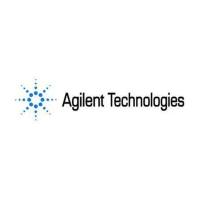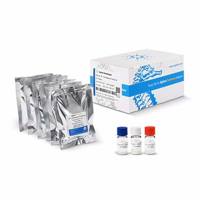Proteomic Strategies: SILAC and 2D-DIGEPowerful Tool to Investigate Cellular Alterations
互联网
463
Endothelial cells are highly sensitive to high doses of ionizing radiation and the cellular response leads to acute damage of the endothelium. This chapter describes how to measure the effects of ionizing radiation on the proteome of endothelial cells, here showing analysis at 4 and 24 h after exposure. Two complementary proteomic strategies, namely “stable isotope labeling by amino acids in cell culture” (SILAC) and 2D-DIGE analysis are used. In the example given, the exposure triggers considerable alterations in the endothelial protein expression with deregulated proteins categorized into four key pathways: (1) glycolysis/gluconeogenesis, (2) oxidative phosphorylation, (3) Rho-mediated cell motility, and (4) non-homologous end joining (NHEJ). After exposure to high-dose radiation, an immediate down-regulation is seen in the Ku70/Ku80 heterodimer and proliferating cell nuclear antigen (PCNA) proteins belonging to the NHEJ DNA repair pathway. Later time points show significant decrease in the expression levels of proteins of the oxidative phosphorylation (OXPHOS) pathway along with a significant expression increase in the enzymes of the glycolytic pathway. The methods to reproduce our analysis are presented here.









